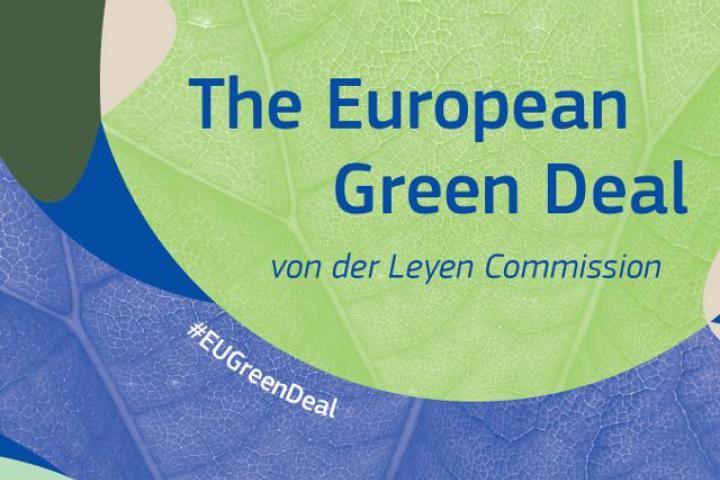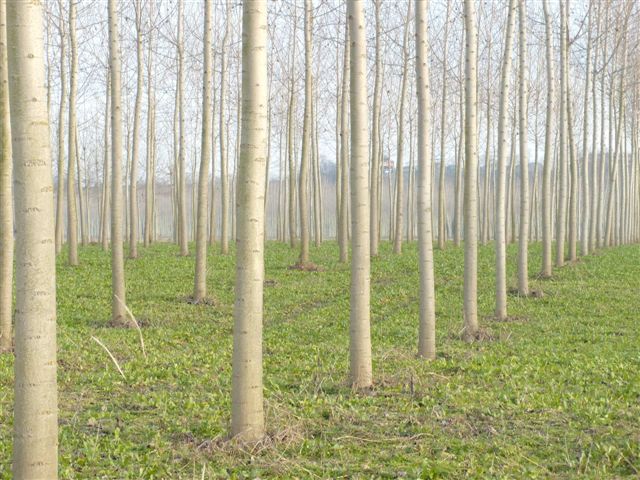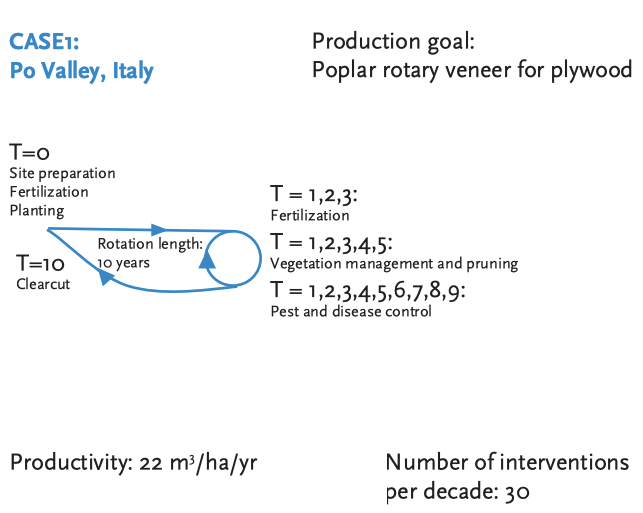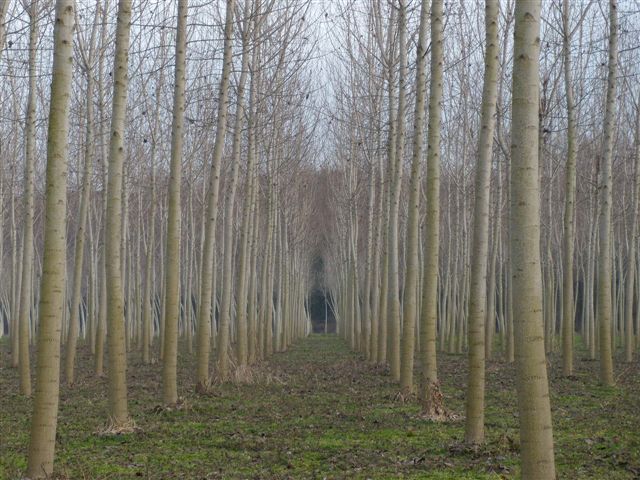The European Union has announced the ambition to become the world’s first climate-neutral continent by 2050, by tackling climate and environment-related challenges. The European Green Deal presented by the European Commission on 11th December 2019 aims at protecting, conserving and enhancing the EU’s natural capital, and at protecting the health and well-being of citizens from environment-related risks and impacts.
It also poses a great opportunity for the forestry industry, as the strategy’s object is to transform the EU into a “fair and prosperous society, with a modern, resource-efficient and competitive economy” with no net emissions of greenhouse gases by 2050, and “where economic growth is decoupled from resource use”.

As written in the European Commission document “Forest ecosystems are under increasing pressure, as a result of climate change. The EU’s forested area needs to improve, both in quality and quantity, for the EU to reach climate neutrality and a healthy environment. Sustainable re- and afforestation and the restoration of degraded forests can increase absorption of CO2 while improving the resilience of forests and promoting the circular bio-economy. Building on the 2030 biodiversity strategy, the Commission will prepare a new EU forest strategy covering the whole forest cycle and promoting the many services that forests provide“.
Therefore Sustainable Forest Management will have a key role in reaching the European Green Deal objectives by year 2050: stability and persistence of forests, optimization and maximization of uses, improvement of yield in a sustainable way.
A recent European Forest Institute study whose title is Plantation forests in Europe: challenges and opportunities states that “In Europe, the area of plantation forestry is also increasing, together with the proportion of roundwood and other services provided by plantation forests. There is new evidence that the sustainable management of plantations, particularly as part of a landscape-scale mosaic, has strong potential to deliver against Europe’s emerging policy priorities“.
Poplar plantations forests offer great opportunities to better face the challenges of climate change and build a green economy in Europe. They can contribute significantly to the objectives of the Green Deal since, given their manyfold industrial transformation possibilities and rapid rotation, they can help meet market demands by significantly reducing demand for natural forests.

As far as the Italian forest situation is concerned, the EFI study writes “Poplars are grown in short rotation forestry plantations, which are frequent in floodplains and agricultural areas of the Po Valley (northern Italy). Currently, these plantations cover approximately 46,000 ha distributed in about 10,000 farms, with an average area of 4.6 ha per farm. Despite their prevailing small size, poplar plantations provide valuable timber to the plywood industry as well as small wood for the paper and board industry. Poplar plantations are established with selected hybrid clones which achieve Mean Annual Increment of 17–20 m3 ha-1, with a maximum of about 30 m3 ha-1, in 10–12 year cycles. One or two-year old poplar saplings with a height of 3–6 m and without root systems are planted in ploughed, harrowed and fertilized soil at a density of 280–330 trees per ha”.

Since in Italy the cultivation is considered as an agricultural practice, “Poplar plantations are usually profitable for farmers, but the level of profitability depends greatly on the market price of poplar timber, which has been subject to considerable variations over the years.“
Certified cultivations are also adding more value: “At the end of 2018, 4,555 ha and 1,932 ha have been certified by PEFC and FSC respectively; certification can help to improve the social perception of poplar cultivation, as well its environmental role.” And in terms of environment protection “many researchers have demonstrated that the ecological value of poplar stands is higher than that of agricultural crops in terms of soil quality, stand biodiversity and carbon sequestration. The absorption of GHG in poplar stands is high; in an average year of the full rotation, it ranges from 13 to 19 t CO2 ha-1 yr-1 depending on stand yield and cultivation inputs.“
Moreover, “In the rural areas of northern Italy poplar plantations can now perform a number of valuable functions. First, they provide a supply of raw material for the wood industry, which is important to the local economy and in providing employment. Currently, in north Italy there are 13 plywood producers together with 11 particleboard, 2 MDF and 1 OSB factories which process the timber/wood provided by poplar plantations. At the same time, these plantations contribute to the diversification of farm production and to increasing the ecological quality of the rural environment.“
So the future for poplar timber, one of the most sustainably efficient species in Europe that will contribute to the objectives proposed in the Green Deal, seems rather positive: “Furthermore, the demand for poplar wood of national origin is expected to increase in future, due to the reduction in imports and the possible novel uses of this raw material in the bioeconomy (i.e. biofuel industry). For these plantations to be sustainable it is important to follow cultural practices which minimize the impact of poplar cultivation on the environment, especially in sensitive areas for nature conservation, thus preventing strong land use conflicts and debates“.
Quotes from:
https://ec.europa.eu/info/sites/info/files/european-green-deal-communication_en.pdf
http://www.efi.int/sites/default/files/files/publication-bank/2019/efi_fstp_9_2019.pdf



Ho tradotto questo articolo in italiano ed è possibile consultarlo alla pagina https://www.soloecologia.it/green-deal-europeo-e-coltivazioni-pioppo/
Dear sirs!
I am trying to find some figures that can help me convey the importance of poplar medium rotation plantations (i.e. poplar planted at approximately 2 x 3 m and harvested every 5-7 years for producing pulpwood and biomass). I need something like the total surface or the annual yield – anything to appraise its role in the European economy. I know GWR has some 20 000 ha in Poland, Egger a few thousands in Romania and IKEA 3000 ha in Slovakia, but do we have overall EU figures? Could you point me at the right direction and/or provide some figures if you have any?
Thank you very much in advance.
Best regards
Raffaele Spinelli